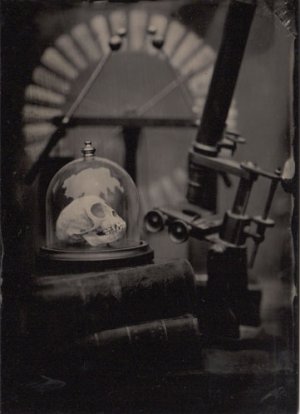x-ray
Veteran
For a long time I flew both for business and enjoyment. For fun I flew a 1948 Aeronca 7DC that a friend owned. It had no electrical system so you had to pull the wooden prop by hand to start it. That was really seat of the pants flying, low and slow. It was the perfect platform for touring the valley where I live.
I collected antiques and filled the house and collected antique firearms but sold that collection. I also collected antique scientific instruments and still have a bunch of those.
Years ago I played both brass and woodwinds in a recreational band but owning a business that took almost all my time ended that.
I’m retired now and my hobby is traveling with my wife and just making tourist photos wherever we go.
I collected antiques and filled the house and collected antique firearms but sold that collection. I also collected antique scientific instruments and still have a bunch of those.
Years ago I played both brass and woodwinds in a recreational band but owning a business that took almost all my time ended that.
I’m retired now and my hobby is traveling with my wife and just making tourist photos wherever we go.












